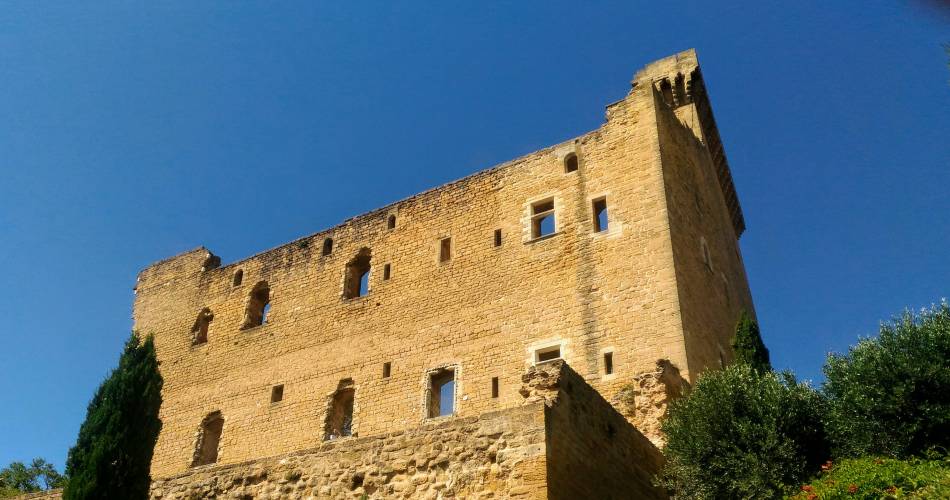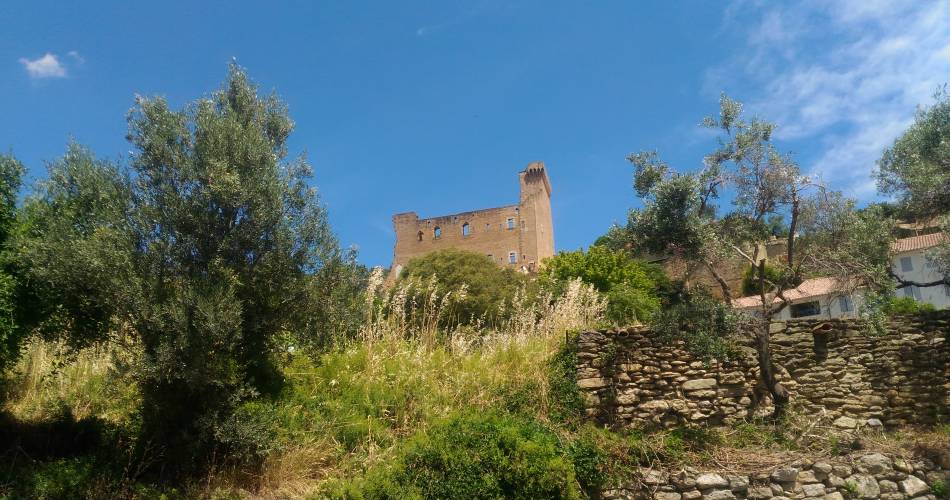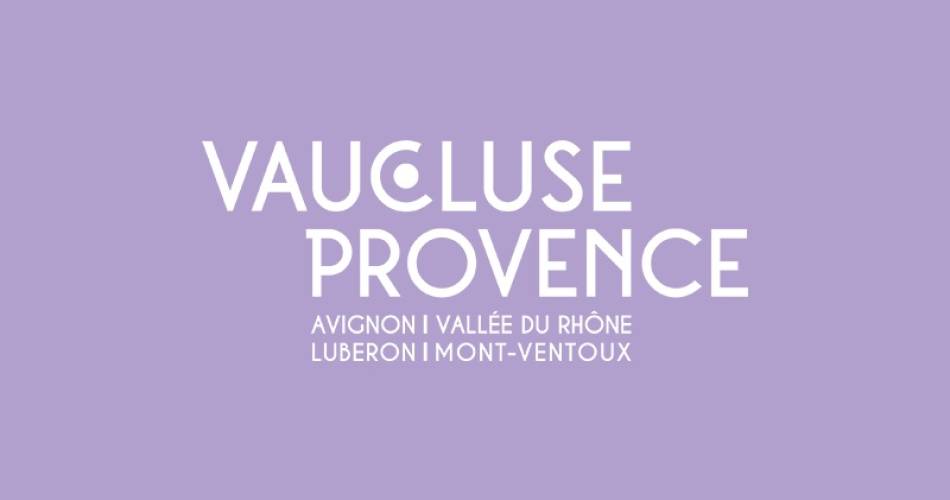Châteauneuf-du-Pape
The Popes' Castle
Tourist service in Châteauneuf-du-Pape :
The Papal Castle was built between 1317 and 1333, under orders from Pope John XXII. The size and position define it as a defensive Castle, but it was also a home with lovely gardens and grounds which held vineyards and olive groves. The Castle is also known by the name 'Castel Gandolfo' and was the summer residence of the Avignon Popes, in Châteauneuf-du-Pape.
The castle originally had a large central building with four towers and three large rooms, including a pontifical cellar. The room was very cool and was used to store the wine, oils and salted meats.
There was a large room on the upper floor, the ceremonial room where all the festivities took places, such as pontifical banquets and receptions. Above it lay the private apartments of the Pope. After the Popes returned to Rome in the early 15th century, the Castle was abandoned, for the bishops did not have the means to maintain the Castle. During the years which followed, the castle underwent the vicissitudes of time, including times of strife such as the Wars of Religion in the 16th century. The Castle was taken by siege and served as a base camp for the Protestants who were sacking the entire Comtat Venaissin area. Before leaving the village of Châteauneuf-du-Pape, they burned the Castle. In 1892 it was ranked as a historical monument, and was again damaged during the 2nd World War. The German troops occupied the town, and had set up an anti-aircraft lookout tower in the Castle Dungeon. Threatened by the arrival of the Allies on 20 August 1944, they blew up the entire Northern part of the Castle. Today, all that remains is a Dungeon, the Southern Wall, and the lower Pontifical Cellar. The Castle is the emblem of the town of Châteauneuf-du-Pape and is often used for local receptions and wine events, such as the Councils of the Echansonnerie des Papes, the Bacchic Brotherhood of Châteauneuf-du-Pape Wines.
There was a large room on the upper floor, the ceremonial room where all the festivities took places, such as pontifical banquets and receptions. Above it lay the private apartments of the Pope. After the Popes returned to Rome in the early 15th century, the Castle was abandoned, for the bishops did not have the means to maintain the Castle. During the years which followed, the castle underwent the vicissitudes of time, including times of strife such as the Wars of Religion in the 16th century. The Castle was taken by siege and served as a base camp for the Protestants who were sacking the entire Comtat Venaissin area. Before leaving the village of Châteauneuf-du-Pape, they burned the Castle. In 1892 it was ranked as a historical monument, and was again damaged during the 2nd World War. The German troops occupied the town, and had set up an anti-aircraft lookout tower in the Castle Dungeon. Threatened by the arrival of the Allies on 20 August 1944, they blew up the entire Northern part of the Castle. Today, all that remains is a Dungeon, the Southern Wall, and the lower Pontifical Cellar. The Castle is the emblem of the town of Châteauneuf-du-Pape and is often used for local receptions and wine events, such as the Councils of the Echansonnerie des Papes, the Bacchic Brotherhood of Châteauneuf-du-Pape Wines.
Equipment
- Parking nearby
- Orientation board
Services
- Pets welcome
- Motorhomes allowed
Dates and times
All year round daily.
Languages spoken
- French
Prices
Free access.
Contact
The Popes' CastleChâteau des Papes
route d'Orange
84230 Châteauneuf-du-Pape
Tel :
View number
04 90 83 71 08
E-Mail : Afficher le mail accueil.chateauneufdupape@paysdorange.com
Website : http://www.poptourisme.fr/
E-Mail : Afficher le mail accueil.chateauneufdupape@paysdorange.com
Website : http://www.poptourisme.fr/
Coordinates
Longitude : 4.829139Latitude : 44.057713
> Getting there by public transport
Nearby
This page was produced with the help of thePays d’Orange en Provence Tourisme



